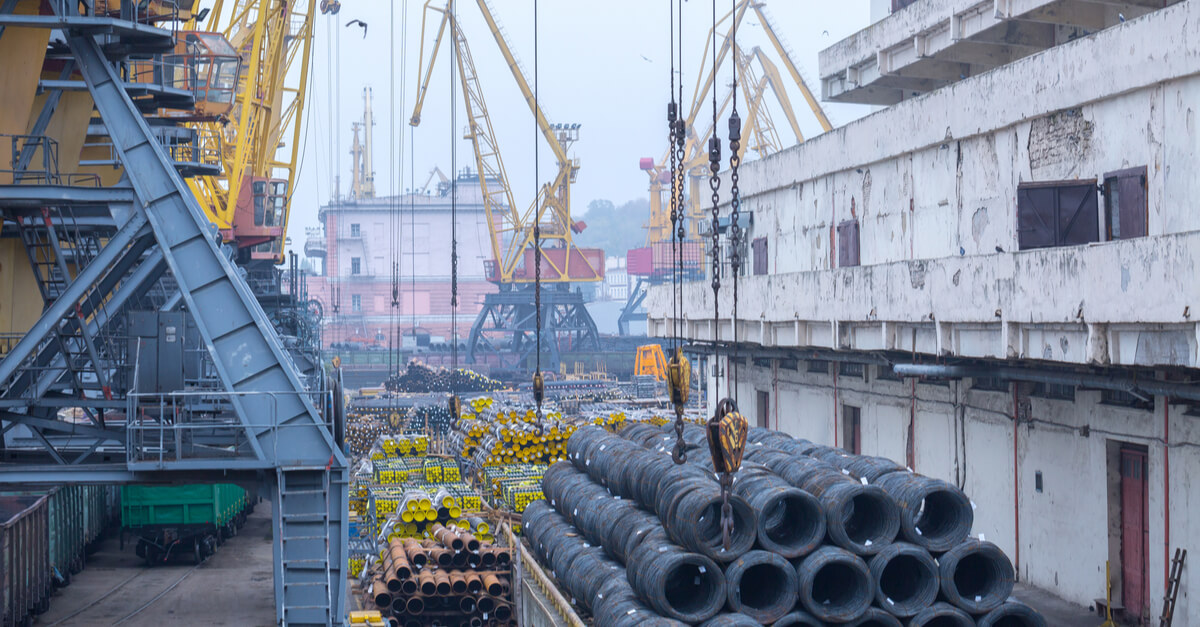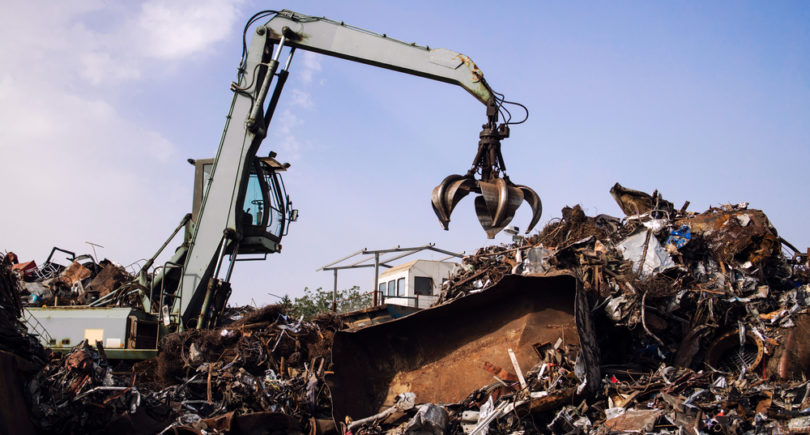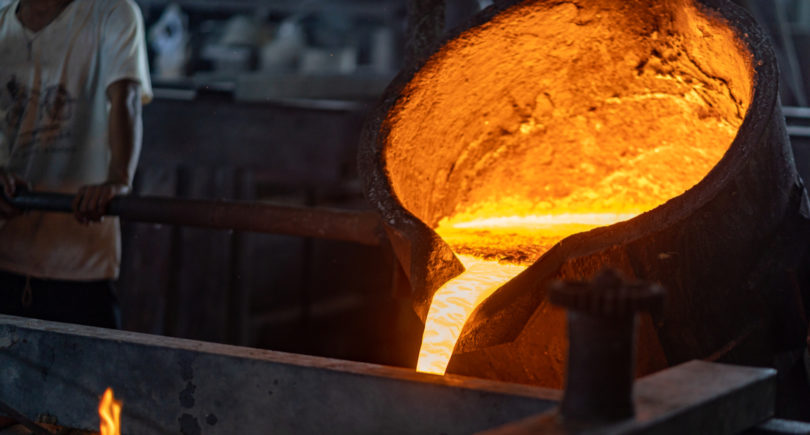
News Global Market EU 2657 19 March 2024
The export of products decreased by 14.4% y/y
In January 2024, the European Union increased imports of iron and steel products from third countries by 19% compared to January 2023, to 10.9 million tons. The figure increased by 44.5% compared to the previous month. This is based on GMK Center’s calculations based on Eurostat data.
Steel raw materials accounted for the bulk of imports – over 68%. Rolled steel products accounted for another 31% of imports.
Imports of iron ore to the EU in January 2024 increased by 14.6% y/y and 21.3% m/m – to 6.38 million tons. Pig iron supplies amounted to 91.58 thousand tons, down 41.6% y/y and 44.3% m/m, ferroalloys – 195.59 thousand tons (-25.5% y/y, +34.4% m/m), scrap – 349.86 thousand tons (+30.6% y/y, +25.9% m/m), semi-finished products – 493.49 thousand tons (+5.8% y/y, -6.6% m/m).
Imports of rolled steel products to the EU amounted to 3.39 million tons in January this year. This is 38.8% more than in January 2023 and 2.9 times more than in January 2023. In particular, imports of long products fell by 20.2% y/y but increased by 53.3% m/m – to 668.38 thousand tons. Supplies of flat products increased by 69.9% y/y and 3.7 times m/m – to 2.72 million tons.
The sharp increase in imports of rolled steel compared to December is explained by the start of a new quota period. At the same time, the figure also increased significantly compared to January 2023, indicating improved demand for products and the recovery of the steel market in the EU, which also contributes to the increase in imports of raw materials.
In January, exports of iron and steel products from the European Union decreased by 14.4% compared to January 2023 – to 3.45 million tons. The figure was down 22% compared to December. In particular, exports of raw materials amounted to 2.09 million tons, down 24.6% y/y and 34.2% m/m, and rolled steel products – 1.35 million tons (+8.2% y/y, +9.5% m/m).
The revival in demand for steel in global markets is enabling European steelmakers to release stocks of finished products.
As GMK Center reported earlier, in 2022-2023, the EU steel industry was significantly affected by lower prices and increased imports of steel products. Most companies chose to shut down their facilities for unscheduled maintenance or reduce production in such circumstances. The situation has now stabilized, and the steel market is gradually improving, which is contributing to an increase in steel production and product prices.
According to EUROFER forecasts, apparent steel consumption in the EU will increase by 5.6% in 2024 compared to 2023, to 137 million tons. In 2025, the figure will increase by 2.9% y/y – to 140 million tons. At the same time, in 2023, steel consumption in the EU decreased by 6.3% y/y – to 129 million tons.



